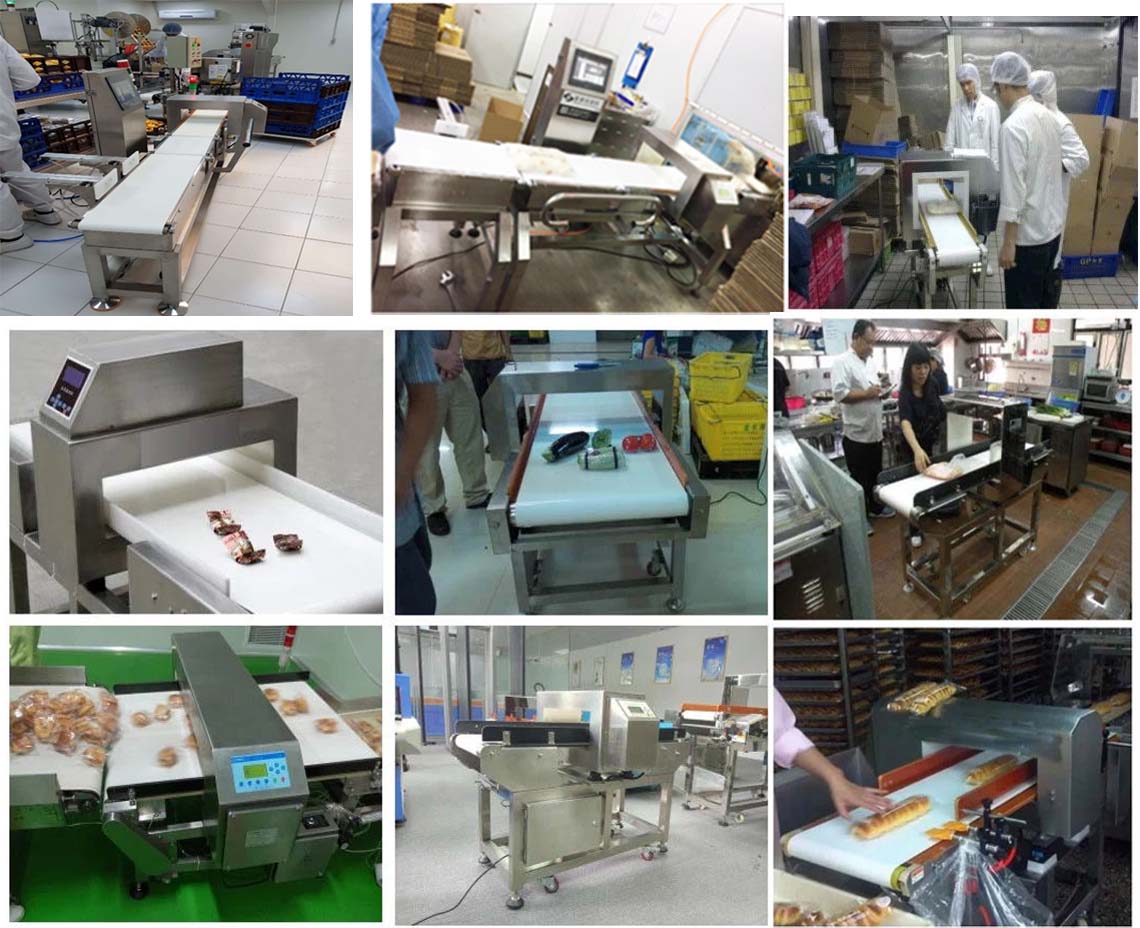Tunnel metal detector integrate the conveyor belt,metal detection head and optional rejection device into a same system,mainly used to detect the magnetic, non-magnetic and stainless steel metal contaminants in packaged products.
Metal separator detect and separate the magnetic, non-magnetic and stainless steel metal contaminants in bulk products.
Metal contamination of food products is a fact of food manufacturing life. Even with the most robust metal detection controls, metal contamination of food still occurs. As is the case with many aspects of food safety our objective is the reduction of metal hazards to an acceptable level where total elimination is not possible.

If we take a look at modern food manufacturing processes we see that many unit operations in-volve the use of metal materials such as cutting, slicing, crushing, sieving, mixing, pumping and packing. Beyond this, metal is the standard fabrication material used in machinery, utensils and handling equipment. Add to this the potential risk of contamination of ingredients purchased from suppliers we can see that metal contamination presents a significant challenge for food safety.
Over the years, food standards and large retailers have developed requirements which demand food businesses to adopt a series of controls to reduce the risk of metal contamination. The ap-proach suggests that reliance on one single measure is inadequate to address the risk and by imple-menting multiple measures of control and detection the food company can offer the consumer the best level of protection. These controls typically take the form of inspection, checking, detection systems and removal of potential metal hazards.

Of these, detection systems have become an almost standard requirement for the majority of food businesses particularly those operating under global food certification schemes or supplying food retailers. Other motivations for conducting metal detection include reduction in customer com-plaints, improved consumer protection, protection of business and brands and improved compli-ance.
While metal detection involves the application of specific technologies to detect and reject/remove metal contamination, it is not an absolute method and it is subject to variation in effectiveness and sensitivity. In this regard, best practice and proper management of the metal detection system is vital to ensure maximum protection is achieved. Companies should seek the advice of expert sup-pliers of the technology in achieving this.
Customer using sites of Metal Detector Conveyors


 Pусский
Pусский +86 13751397283
+86 13751397283

